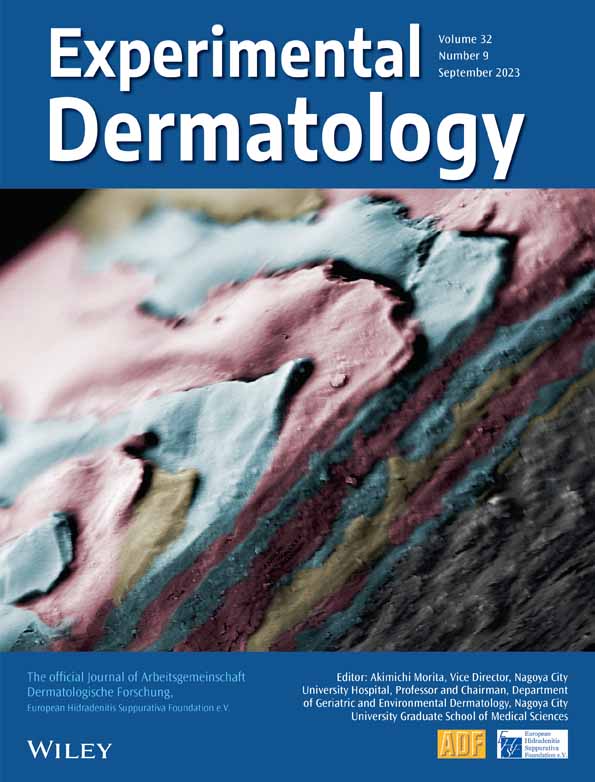Demographic and clinical feature disparity between progress and non-progress patients with vitiligo after COVID-19 vaccination: A cross-sectional study
Xiaoyuan Hou and Nanhui Wu contributed equally to this work.
Attachments: STROBE statement
Abstract
There have been several case reports regarding newly developed vitiligo following the coronavirus disease 19 (COVID-19) vaccination. However, the relationship between COVID-19 vaccine and vitiligo progression remains unclear. To explore the relationship between COVID-19 vaccine and vitiligo progression and its potential influencing factors, A cross-sectional study was conducted on 90 patients with vitiligo who received inactivated COVID-19 vaccination. Detailed information covering demographic characteristics (age and sex), vitiligo clinical features (disease subtypes, duration, stage and comorbidities) and disease activity was collected through an electronic questionnaire. Ninety patients with vitiligo included 44.4% males, with an average age of 38.1 years (standard deviation, SD = 15.0). Patients were divided into progress group (29, 32.2%) and normal group (61, 67.8%) based on whether they experienced vitiligo progression after inactivated COVID-19 vaccination. 41.3% of patients in the progress group experienced vitiligo progression within 1 week after vaccination, and disease progression mainly occurred after the first dose inoculation (20, 69.0%). Logistic regression revealed that patients aged <45 years (odds ratio (OR) was 0.87, 95% confidence interval (CI): 0.34–2.22) and male patients (OR = 0.84, 95% CI: 0.34–2.05) had lower risk for vitiligo progression, while patients with segmental vitiligo (SV) subtype (OR = 1.68, 95% CI: 0.53–5.33), with <5 years disease duration (OR = 1.32, 95% CI: 0.51–3.47) had higher risk for vitiligo progression after COVID-19 vaccination, but without statistical significance. Over 30% patients experienced vitiligo progression after inactivated COVID-19 vaccination, and female patients, elder age, shorter disease duration and SV subtype are potential risk factors for vitiligo progression.
CONFLICT OF INTEREST STATEMENT
The authors declare no conflict of interest.
Open Research
DATA AVAILABILITY STATEMENT
The data in this study are available upon request to the corresponding authors.




